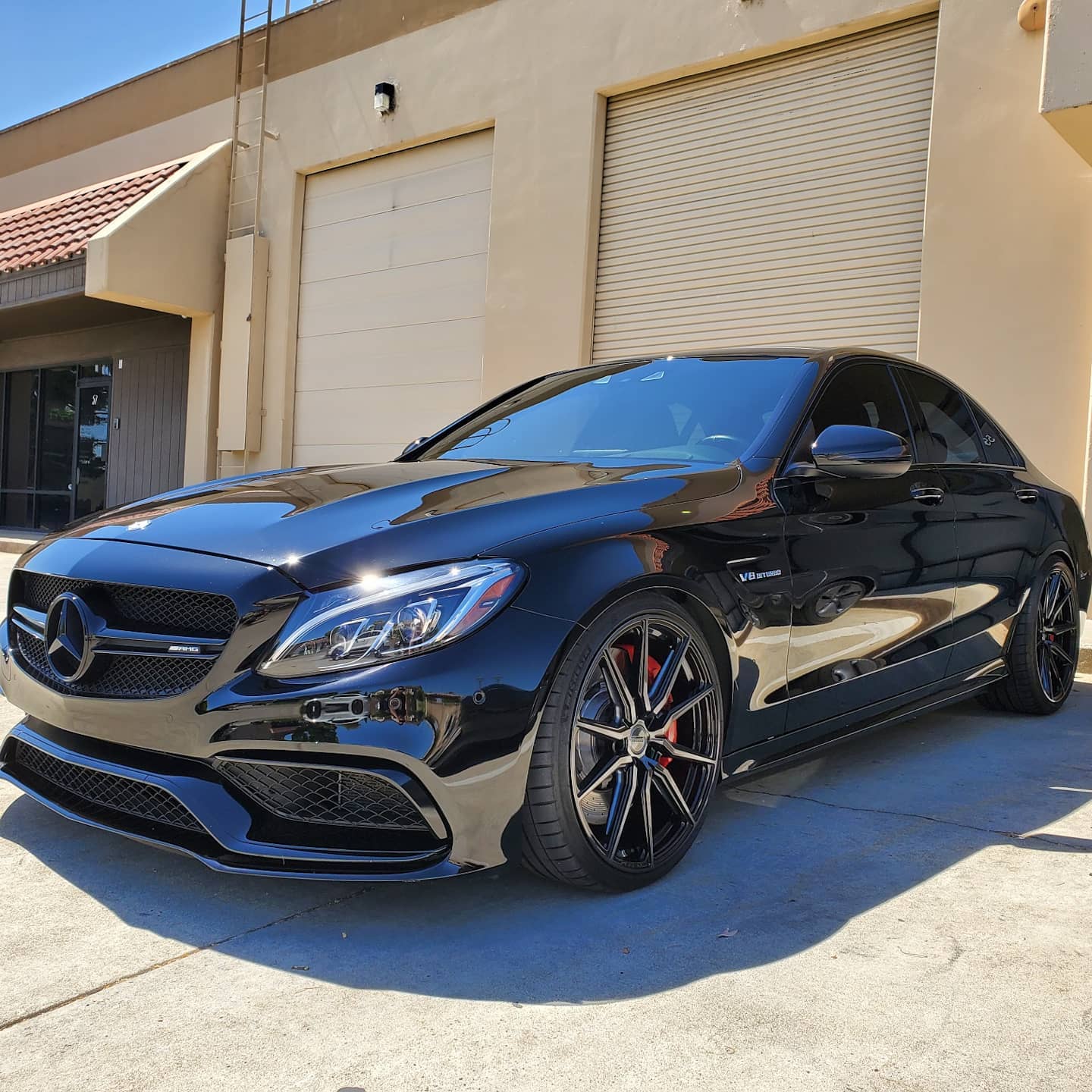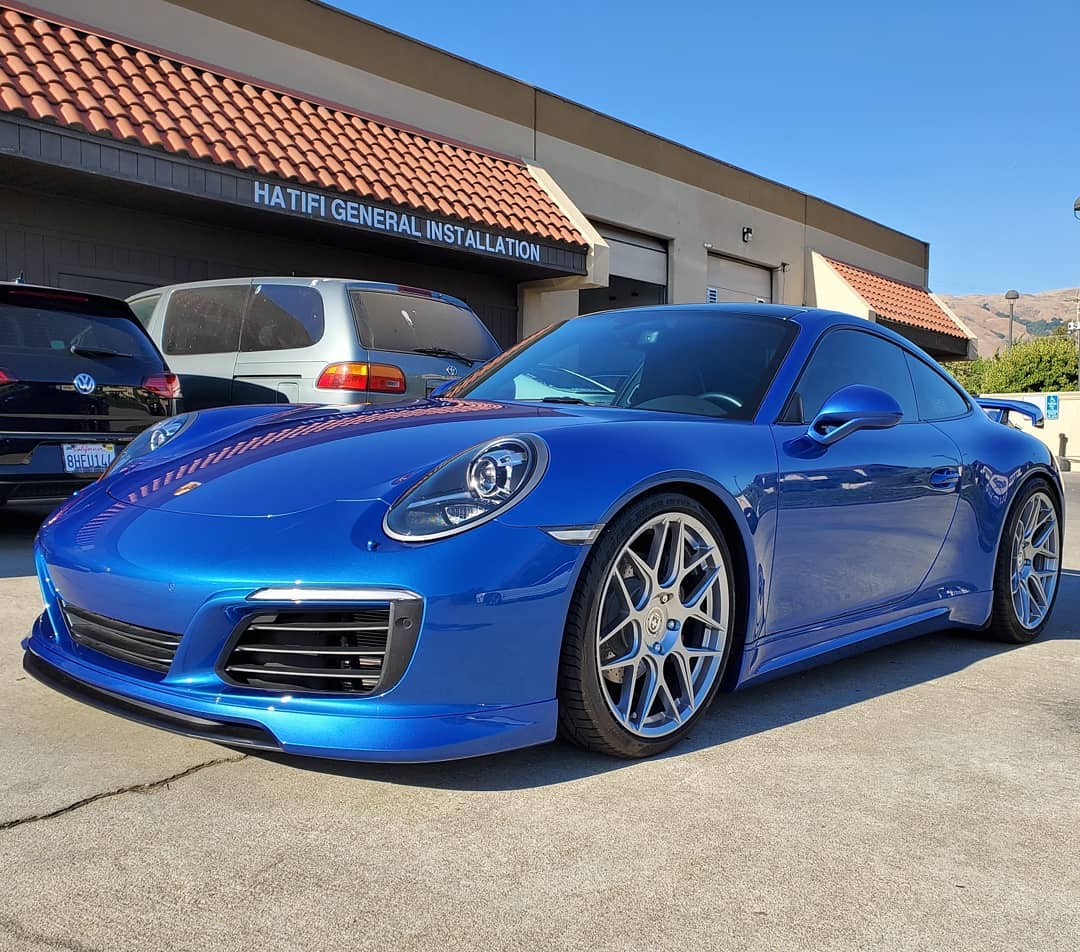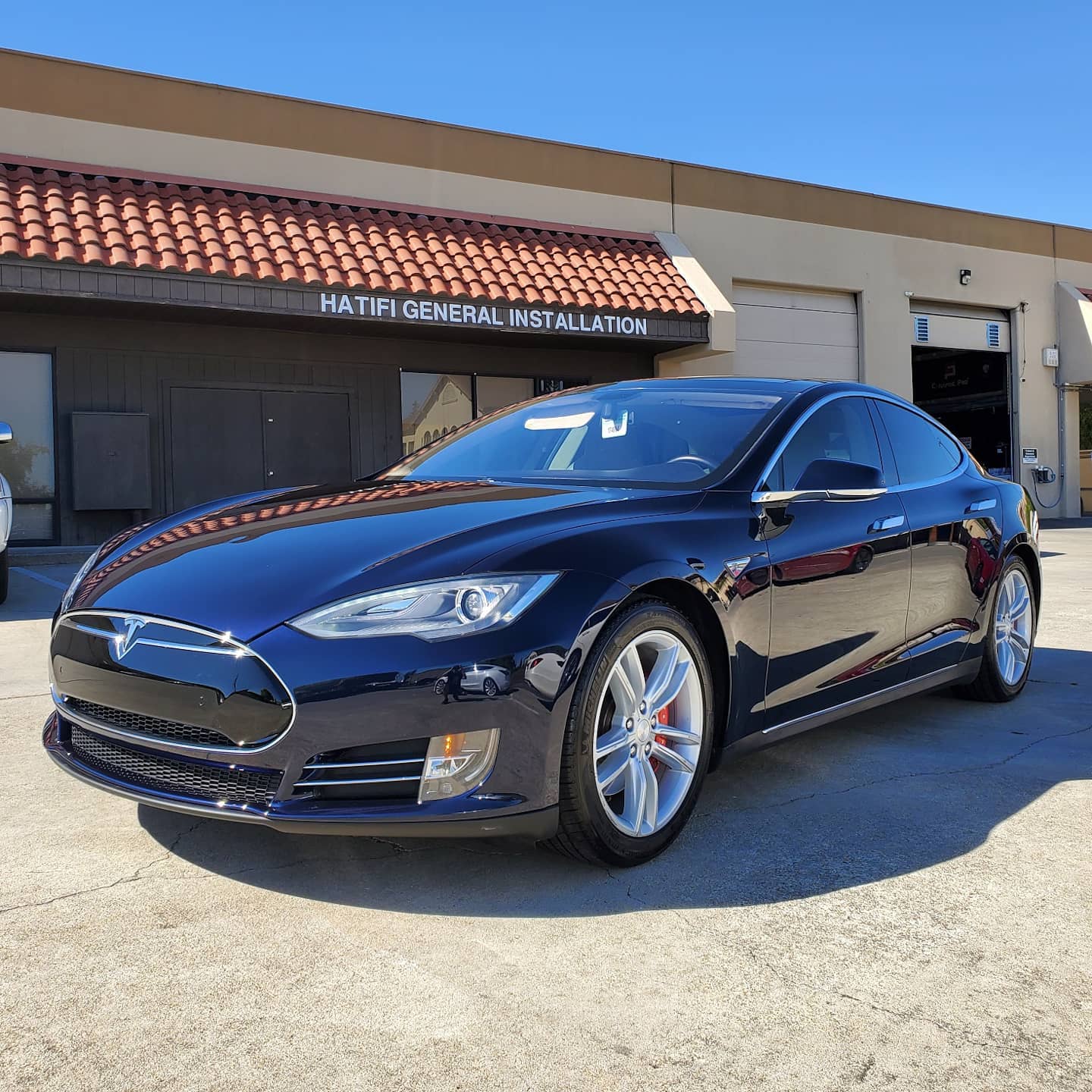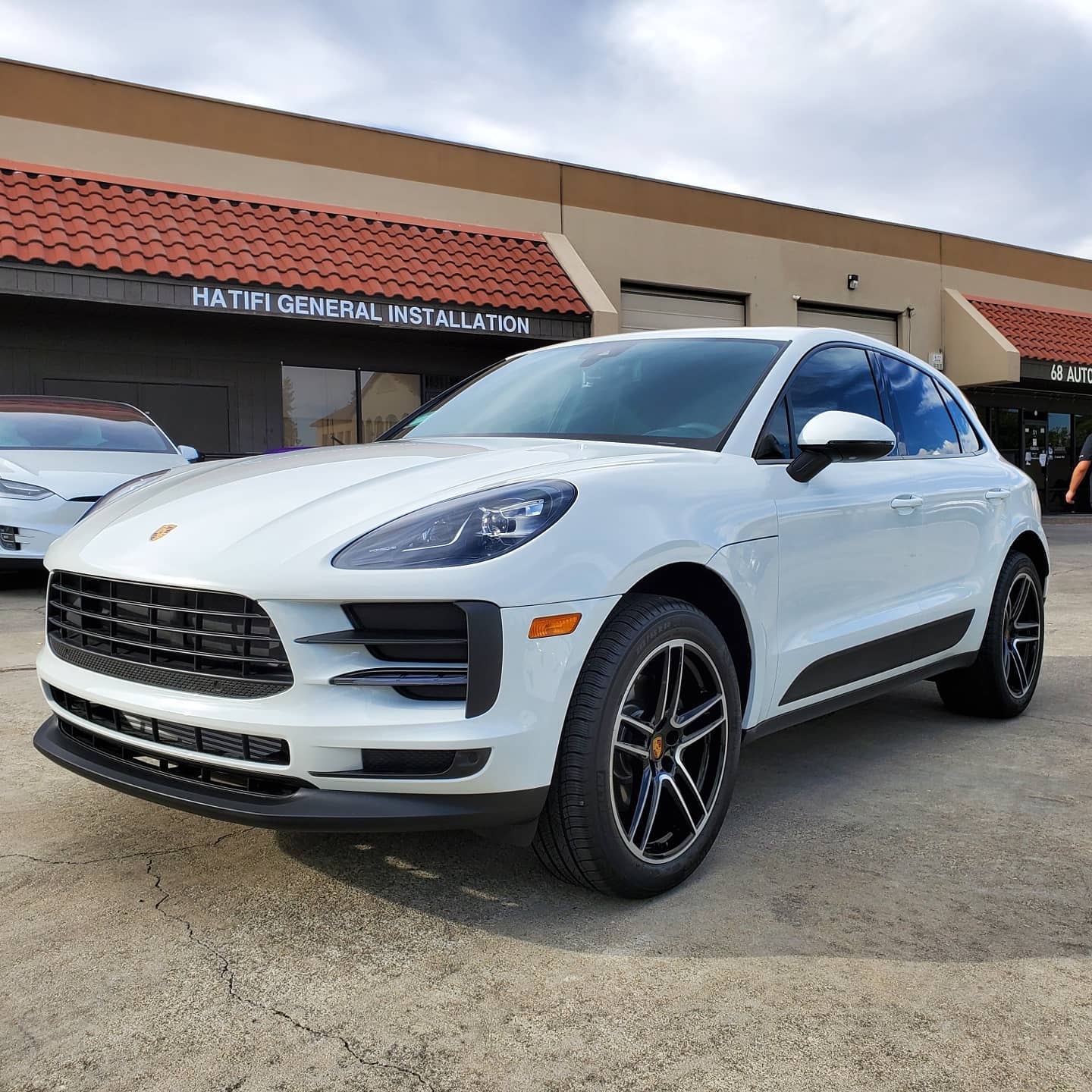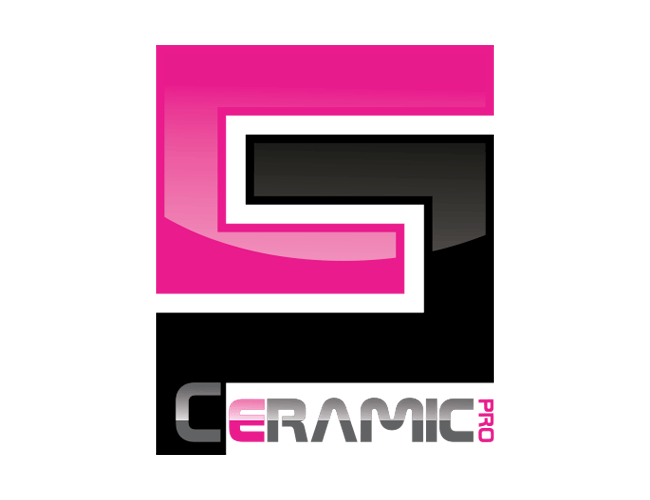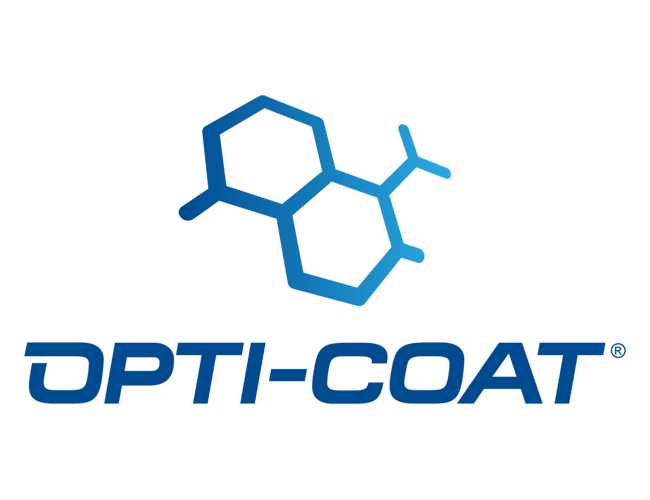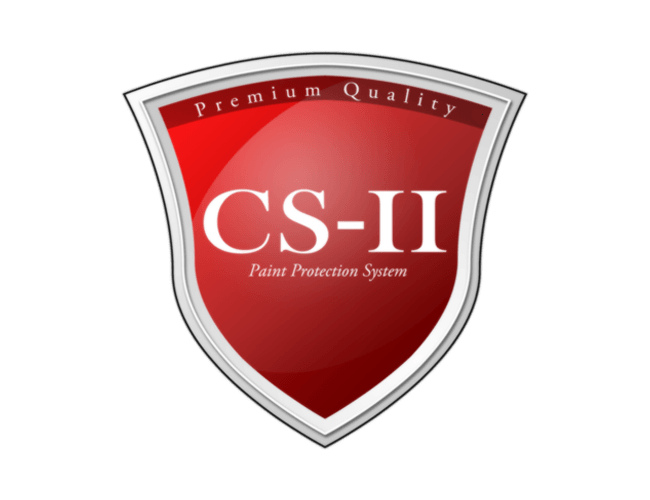
FORMULAONE STRATOS AUTO WINDOW TINT
A LLumar FormulaOne Stratos Series Dealer for the Milpitas, San Jose, Santa Clara, & Fremont Areas
FormulaOne Stratos is engineered for improved comfort and less distracting glare. This newest window tint technology infused with infrared absorbing properties rejects up to 63% of solar heat to enhance your driving experience. Stratos window film shields you and your passengers from more than 99% of harmful UV rays*, while protecting the interior from fading and cracking.
Proprietary Hybrid-Matrix is the newest window tint technology that utilizes multiple layers made up of billions of nanoscopic particles to create advanced infrared absorbing properties. The innovative layers are designed to trap heat and disperse it outward through your glass providing our maximum level of heat rejection without signal interference. For the car enthusiasts who seek to experience outstanding driving comfort and the luxury of privacy in their cars, the films available in the FormulaOne Stratos Series are for you!
Stratos Series - Exclusive to LLumar SelectPro Authorized Dealers

Highest Heat Rejection

No Signal Interference
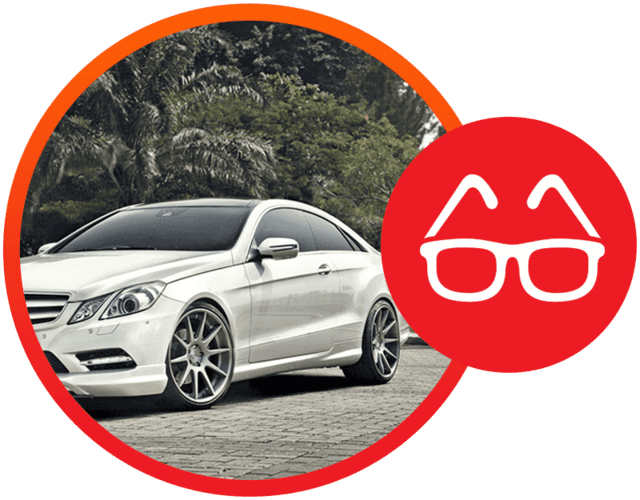
Enhanced Style & Privacy

Superior Installation
HOW DOES HYBRID-MATRIX TECHNOLOGY WORK?
STRATOS SERIES VS PINNACLE SERIES
Total Infrared Rejection Performance
The next generation of window tint has arrived.
The Solar Energy Spectrum
- Ultraviolet = 200nm to 380nm (3% of the solar intensity)
- Visible Light= 380nm to 780nm (44% of the solar intensity)
- Infrared= 780nm to 2500nm (53% of the solar intensity)
The Electromagnetic and Solar Energy Spectrum

Importance of Total Infrared Rejection (TIRR)
The Solar Energy Spectrum
+ If TSER measures all energy into the car why is TIRR important?
- Total Infrared Rejection is a good way to measure the performance differences of like technologies, in this case nano-particles (Pinnacle vs Stratos), to be able to understand the performance improvement between the films.
Why is this?
- When developing and comparing films with like technologies and the same VLTs, only the IR spectrum can be impacted to improve the performance specs. This is because ALL FormulaOne films block >99% of the UV spectrum, and if we are comparing the same VLTs (50% VLT vs 50% VLT) the solar energy contribution from the visible light spectrum is the same. With UV and visible light the same between the same VLT films that leaves only the IR spectrum in which we can achieve improvements.
Importance of Total Infrared Rejection (TIRR)
Pinnacle 40

Stratos 40

How does Stratos compare to Pinnacle?
Stratos vs Pinnacle TIRR (%) by VLT

- EMN measurement range is aligned with the IWFA: Total Infrared Rejection properties are calculated over the spectral range of 780-2500nm.
- Data captured using NFRC guidelines and calculated for single pane, ¼” clear glass. Reported values are taken from representative product samples and are subject to normal manufacturing variances. Actual performance will vary based on a number factors, including glass type and properties.
Other questions on TIRR
- It has been past practice for some companies to pick and choose which part of the IR spectrum to run Total IR Rejection performance numbers on and without regulation (until recently) they selected those wavelengths that benefitted them the most. Recently the IWFA (International Window Film Association) has established an approved method for calculating IR Rejection which uses the IR spectrum from 780nm to 2500nm. (This is the method we have used for some time)
- Companies that are part of the IWFA in the near future will be required to provide TIRR numbers based on this methodology. They may continue to report the IRR numbers on the select wavelengths but must provide the full spectrum data as well. For online data the reporting of TIRR is required to be available in June of 2017. For printed materials it must occur no later than December 2017.
Business Hours
Monday - Friday: 9:30am to 6pm
Saturday - Sunday: CLOSED
All Rights Reserved | 68 Auto Detail


